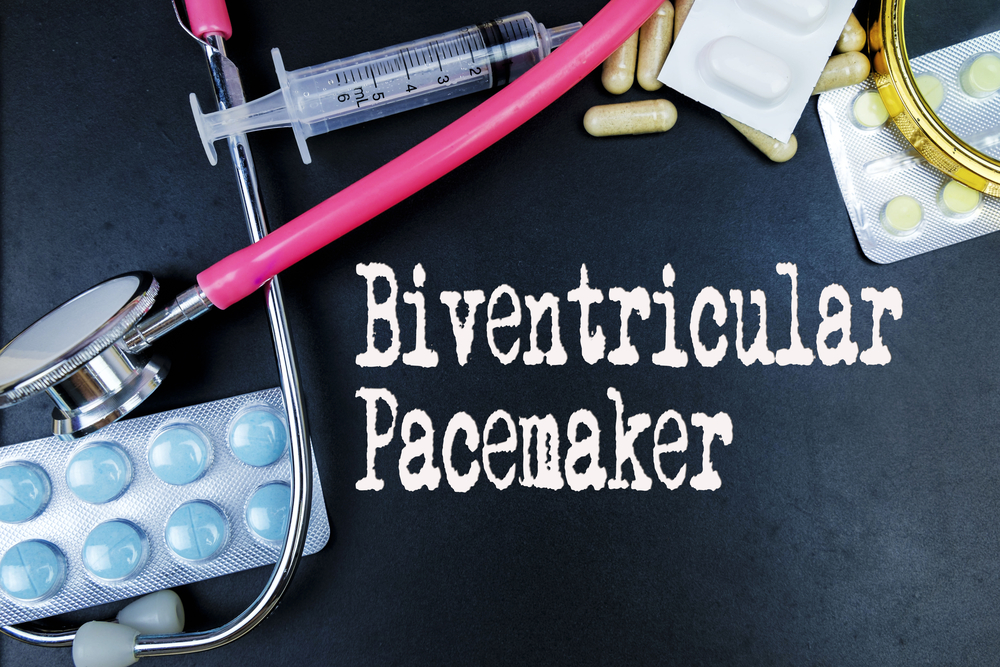During cardiac resynchronization therapy (CRT) or biventricular pacing, doctors and nurses use a biventricular pacemaker. This is used to help the ventricles contract properly. It is placed just below the collarbone and on the upper quadrant of the chest.
Furthermore, it works by passing tiny electrical signals through the leads that support the contraction of the right and left ventricles, like a regular pacemaker. However, the biventricular pacemaker has a third wire in the left ventricle that allows coordinated, timed signals to be transmitted to the right and left ventricles.
The size of a biventricular pacemaker is comparable to that of a pager. Nevertheless, out of many others, this type of pacemaker can also defibrillate or shock the heart if necessary, which helps manage potentially life-threatening erratic heartbeats.


